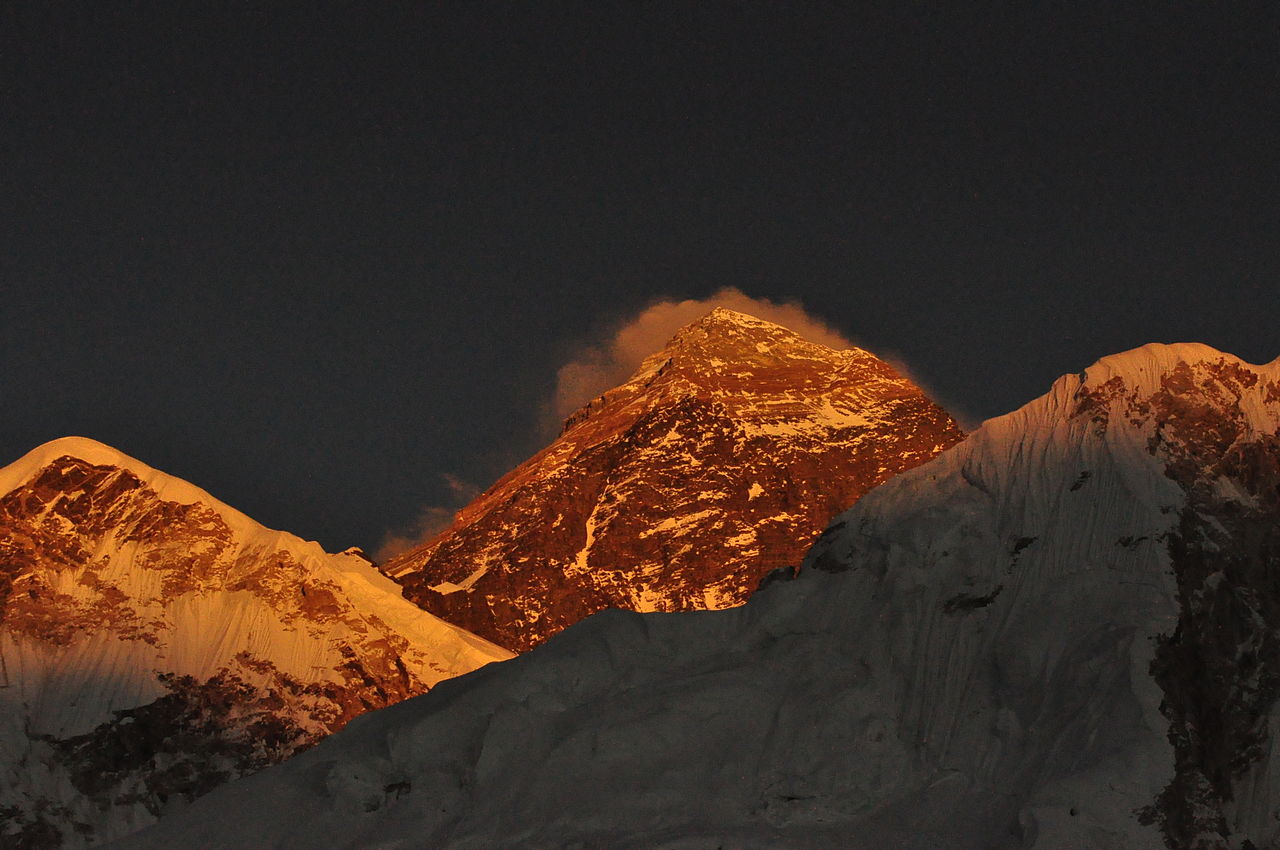I am back from Ecuador and ready to get back to updating The Adventure Blog on a regular schedule once again. A lot happened while I was away for the past week and a half, so over the next few days I’ll be playing catch-up to a degree. So with that said, lets get stated with an important news story that broke out of Nepal last week regarding the climbing permits from the spring 2014 season, when the South Side of Everest was shut down due to the tragic avalanche that claimed the lives of 16 Sherpas on the mountain.
In the wake of that disaster – the worst in Everest history – the Nepali government announced that it would honor the climbing permits for all of the mountaineers who were unable to attempt to climb the world’s highest mountain this past spring. Further, officials said that those permits would be good for up to five years, allowing climbers to come back once again, and give Everest another go. Of course, this sounds like the honorable thing for Nepal to do, considering the way the situation unfolded this past spring. But the fine print to this announcement has left many shaking their heads once again, as the Himalayan country continues to show a complete disregard for the people that spent tens of thousands of dollars to climb Everest, but didn’t even get the chance to set foot on the mountain.
In their announcement, officials from the Ministry of Tourism indicated that all of the climbers listed on a permit must return to climb Everest together, or the permit will become null and void. In other words, if a single climber returns to the mountain under his or her 2014 permit, the rest of the team must accompany that climber, or they lose the right to make their attempt, and must pay for a new permit.
This is, of course, a ludicrous rule, as it will be nearly impossible for an entire team to reassemble and attempt to climb Everest together again. It makes a good deal of scheduling – not to mention budgeting – for a trip to the Himalaya to come together, and for everyone listed on a single permit to be able to coordinate their efforts seems unlikely. While some groups will probably be able to get members of the team together, it seems unlikely that entire teams will be able to agree on a date when they can all go back to Nepal together. Some climbers are simply going to lose their climbing fees, and of course Nepal is simply going to pocket that money.
The right thing to do would be to honor the permits for five years as announced, but to allow the climbers who have already paid for their permits to join other squads as their schedule permits. Why Nepal has elected to enforce these strict guidelines is unclear, but it also seems typical for the way the government their handles these situations. It is a clear sign that the officials calling the shots there are only interested in money, and not the best interest of the mountaineers who visit their country on an annual basis. Then again, this is no surprise for anyone who has followed the situation in the Himalayan country closely over the past few years. Corruption and inept management of its resources are the norm in Nepal, and that doesn’t look like it is going to change anytime soon.
Hopefully, most of the climbers who were hit by the shutdown will be able to return and claim their right to use the permits they paid for. But it will simply be impossible for all of them to do so, and more than a few are going to be left out in the cold. It is a bad situation that continues to get worse.
- Gear Review: The Xero Scrambler Mid is an Ultralight Hiking Shoe for Spring - March 1, 2023
- Gear Review: Yeti Roadie 48 Wheeled Cooler - August 18, 2022
- Kristin Harila Continues Pursuit of 8000-Meter Speed Record - August 16, 2022
